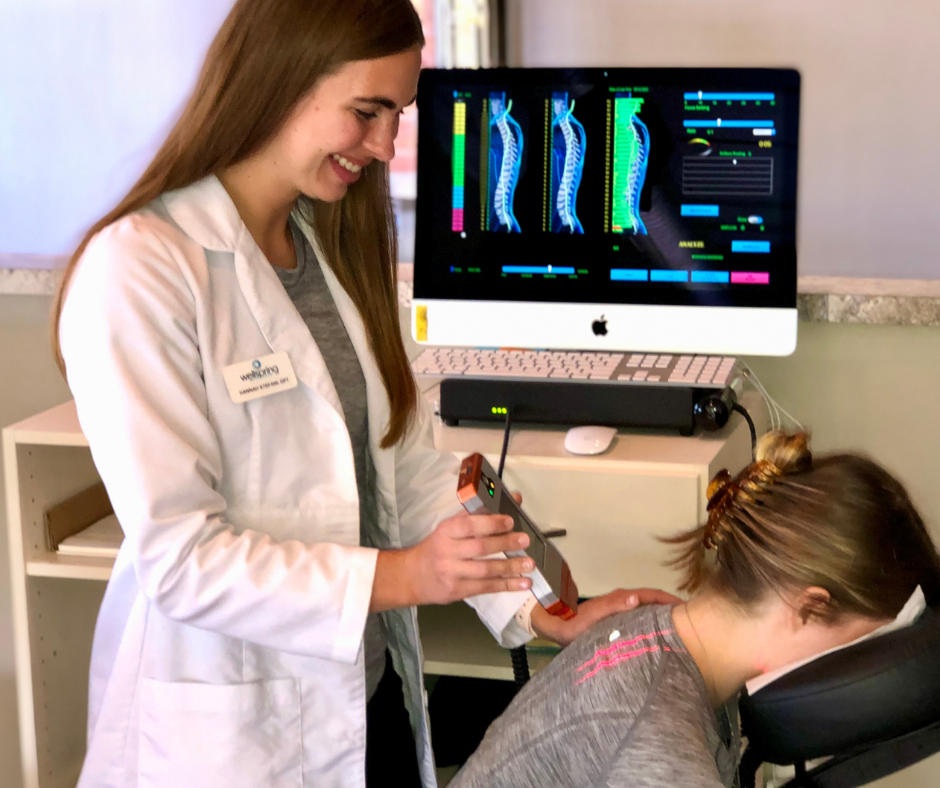Physical Therapy Can Manage Your Pain so You can Kick the Drugs!
As stated by the American Physical Therapy Association,
“The White House has announced that APTA is among the organizations that have joined a public-private partnership to combat opioid usage and prescription drug abuse, and that the association will reach out to the public and its members to deliver the message that pain can be effectively managed through conservative, non drug approaches. Physical therapists can help individuals manage pain, and greater use of physical therapy could make a real impact on the tragic levels of drug abuse in this country—abuse that often begins with a prescription for pain medication.”
If you have been living with pain, you don’t need to turn to opioids for pain relief – physical therapy can help you find the relief you’ve been looking for without the harmful risks.
How can physical therapy help manage pain?
Many people who become addicted to opioids were first prescribed by a medical doctor to treat acute or chronic pain. The problem is, opioid medications:
- Are associated with an increased risk of uncomfortable withdrawal symptoms and depression
- Only hide symptoms of pain—they don’t address the underlying causes, which makes opioids less cost-effective over time
- Can be highly addictive
Physical therapy is designed to improve function and reduce pain. Both active and passive methods have been proven to help tremendously with pain relief. Physical therapy can also prove effective in helping you avoid unnecessary surgery or the development of an opioid dependence. Physical therapy is therefore often recommended as the first point of entry for pain management in the healthcare system.
Pain education is also an important component of physical therapy intervention. Your physical therapist will educate you about your condition and the source of your pain, in addition to giving you tips on how to manage your daily activities to reduce or eliminate pain overall.
A physical therapist can also help you discover relief through:
- Weight lifting: As you begin to experience tension relief and decreased swelling in the targeted area, your physical therapist can then guide you through the process of building muscle mass to support a full and healthy recovery.
- Deep stretching: Your physical therapist can guide you through specialized stretching techniques that will target the source of your pain, thereby helping to improve your range of motion and support the development of muscle mass in the area of your pain.
- Hot and cold therapy: The combination of hot and cold therapy can help to reduce swelling and alleviate pain, and when used in combination with other natural strategies can be a great source of relief from chronic pain.
- Targeted massage: Your physical therapist can identify the area that may be causing the pain and utilize massage techniques to reduce tension in that particular area, thereby helping to alleviate pressure in your joints and reduce pain.
The difference between physical therapy and opioids
With the help of physical therapy, you can say “no” to opioids. Chronic pain can make you want to just curl up in bed and turn to pain management drugs for quick relief, but it is important to note that all types of neuropathic and musculoskeletal pain can be treated with physical therapy. In fact, it has been proven to help to relieve pain due to osteoarthritis, fibromyalgia, rheumatoid arthritis, neuropathic pain, headaches, and more.
Your physical therapist will use a number of different methods of pain management, such as deep tissue massage, bone manipulation, manual therapy, cold laser therapy, microcurrent stimulation, movement therapy, and exercise.
Deep tissue massage increases the travel of oxygen and nutrients to the affected area. Cold laser therapy is used to reduce pain, inflammation and endorphin release. Microcurrent stimulation emits alpha waves to increase dopamine and serotonin, which work to relieve pain naturally. Your physical therapist will work closely with you and your doctor to find an effective pain treatment plan for your specific needs.
Exercise may involve walking on a treadmill or special exercises to strengthen the muscles in your affected area(s). Keep in mind that just 30 minutes of exercise a day can help significantly with pain management!
The exercise plan that your physical therapist will devise for you will focus on strengthening muscles, increasing endurance, developing more flexibility in the joints and muscles, and creating stability in the joints. Your physical therapist will perform methods based on the science of biomechanics, pathology, and kinesiology to develop a specific exercise treatment plan for your needs.
Physical therapy is a multi-pronged approach to pain reduction. Through exercise, massage, and manipulation, the body is encouraged to produce natural pain-relieving chemicals that help it heal itself. Both the tissues and bones in question will be strengthened with physical therapy.
Get started on the first steps of your holistic treatment plan today
Physical therapy is a much safer avenue than opioids. If you are living with pain, say “no” to opioids and “yes” to physical therapy. Contact us today to get started!
Sources:
Tags: Natural Pain Relief, Natural Treatment, Opioids, physical therapy, physical activity, Joint Pain, Aches and Pains, chronic pain, Physical Health, Nutrition, physical therapists, Rehabilitation




